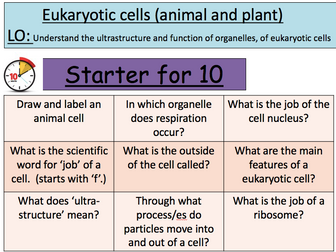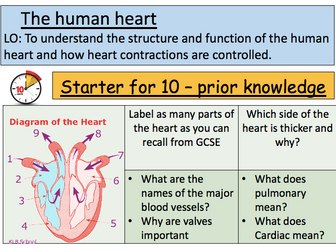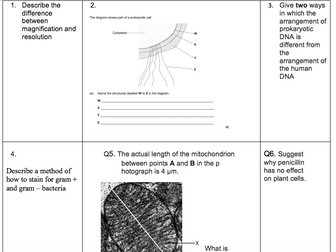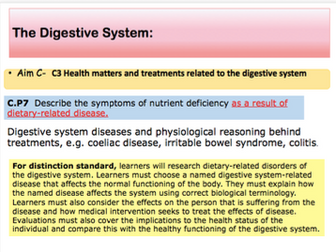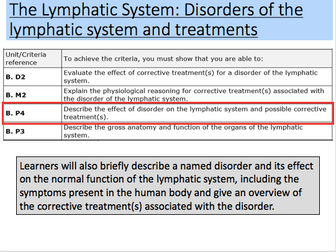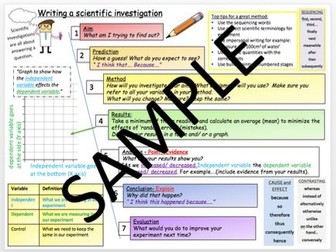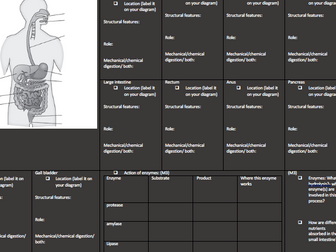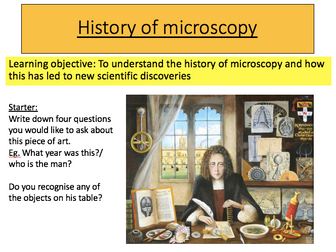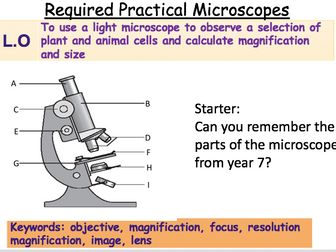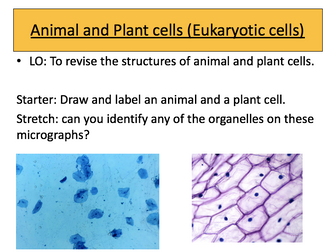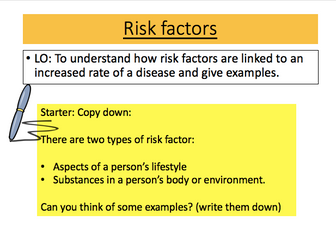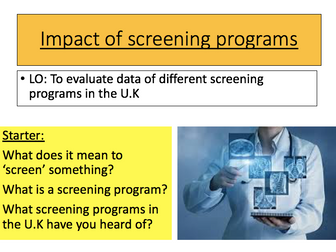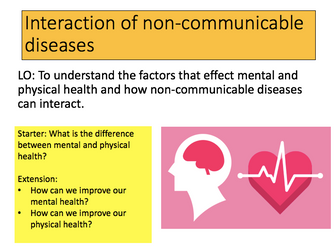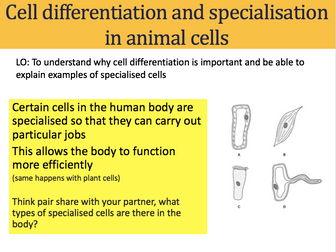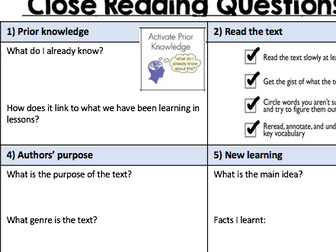BTEC Applied Science Unit 1 - Biology B1, B2, B3
<p>This is a complete scheme of work for the BTEC applied science Unit 1- Biology B1, B2, B3 section. All information has used the ‘additional guidance’ published by BTEC in addition to the specification.</p>
<p>Lessons:<br />
1-2 eukaryotic celsls<br />
4-5 prokaryotic cells<br />
6- using a microscope (adapted a powerpoint beloning to author - ‘Bigarthur’ resources) * (see below)<br />
7-8 cell specialisation (not included due to copywrite)<br />
10- squamous tissues<br />
11- collumnar epithelial cells<br />
12- muscular tissue<br />
12- fast/slow twitch fibres<br />
14-15- nervous tissue<br />
16- synapses</p>
<p>Included are:</p>
<p>Lesson powerpoints with a variety of activities to encourage student engagement, Worksheets and exam practice - (including lots of opportunities for extended writing and exam technique looking at the examiners report), a lesson overveiw/ order of teaching and a mini assessment at the end. Also includes starters for every lesson which either build on GCSE knowledge revision or use spaced learning to improve student’s recall of infomation previously covered.</p>
<p>Please go to my store to purchase the homeworks as these are not included in this scheme.<br />
I have also not included the cell specialisation lesson as I have used another teachers resource for this lesson.</p>
<ul>
<li>credit to ‘bigarthur’ who’s resource i have adapted for the microscopy lesson. To save you time on finding this i have included it in my resources but not added it into the cost of this resource.</li>
</ul>
